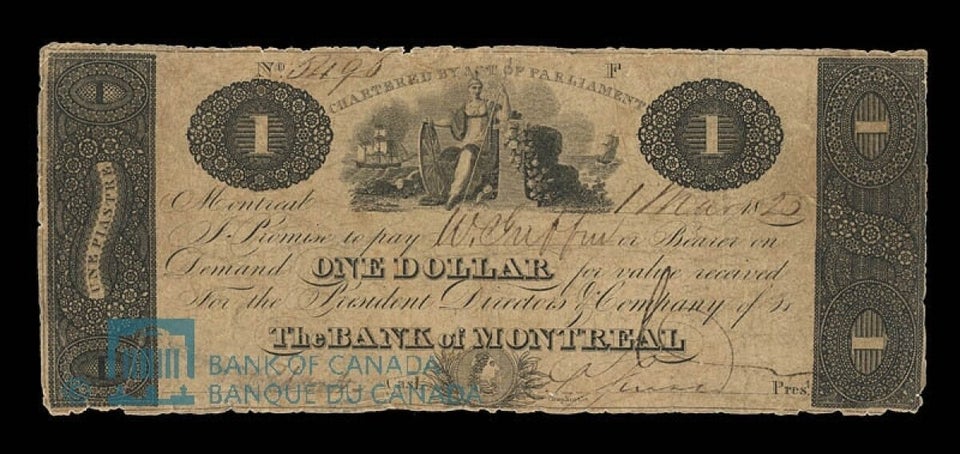
Mention exchange rates and most Canadians will immediately assume U.S. dollars. With most of our trade still denominated in USD, the fixation is natural. Movements in the CAD/USD rate directly affect export revenues, cost structure, profit margins and competitiveness. Appreciation from a USD 0.63 in 2002 to 1.09 in 2007 was a massive challenge for exporters. One response to this development has been a shift toward non-traditional markets, and this is changing the exchange-rate conversation.
Even so, the USD still dominates, and keeping a handle on CAD/USD fluctuations is essential. EDC Economics closely watches four key currency drivers. First off, commodity prices. Soaring oil and base metal prices explain a large chunk of the loonie's recent appreciation; however, they don't tell the full story. Short-term interest rate differentials are important. And then there's the "halo effect." Sound fiscal management, a healthy banking sector, robust domestic growth and our strong resource base have together attracted a lot of foreign interest -- over CAD 100 billion in portfolio investment in the past three years alone -- keeping the loonie on the high side.
BLOG CONTINUES AFTER SLIDESHOW
How about movements in the U.S. dollar itself? Recent conditions have left the world with fewer reserve currency options. For the moment, the euro is on the back burner. Although popular as a carry-trade play, the yen faces significant structural concerns. As such, the USD has actually gained strength as the only true safe-haven currency option. Collectively, these Canadian dollar drivers add up to a loonie at parity this year, and dropping to USD 0.97 in 2013.
China is seen by many as an upcoming reserve currency, but that day is still a long way off. The relatively early state of economic development, the lack of full currency convertibility and the controlled value of the currency are among a number of structural economic features that together weigh against an imminent role for the RMB on the global stage.
Given the paucity of alternatives, shouldn't the greenback be even stronger? Maybe, but it too has weaknesses. Monetary policy has been extremely loose -- in the last four years, the Fed has tripled the monetary base. Emerging markets have diversified into gold and other currencies. Also, sluggish U.S. performance against more rapid emerging market growth has reduced America's share of global trade to 10 per cent from 15 per cent in 2000. Some countries are responding by denominating commodity trade in other currencies, and also increasingly opting for financing in local currency.
Many of these factors will dissipate when the U.S. economy resumes its role as global growth engine. But in the next global growth cycle, the greenback will not be the only game in town. Massive infrastructure plays and resource projects in emerging markets point to a growing role for local currency financing. China stands out as the world's second-largest economy and the largest exporter, yet its currency makes up only 0.3 per cent of the global foreign exchange market. That is already changing rapidly. Opportunities in Brazil are stoking demand for real-based financing. Other fast-growing emerging markets are poised to do the same as world growth resumes.
The bottom line? On both Canadian and world stages, the greenback still takes the lead role. But as we move into the next growth cycle, others will play increasingly significant supporting roles.
